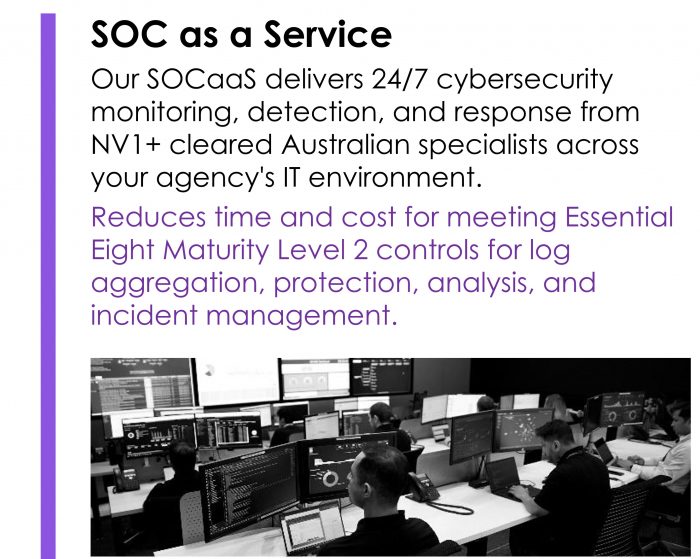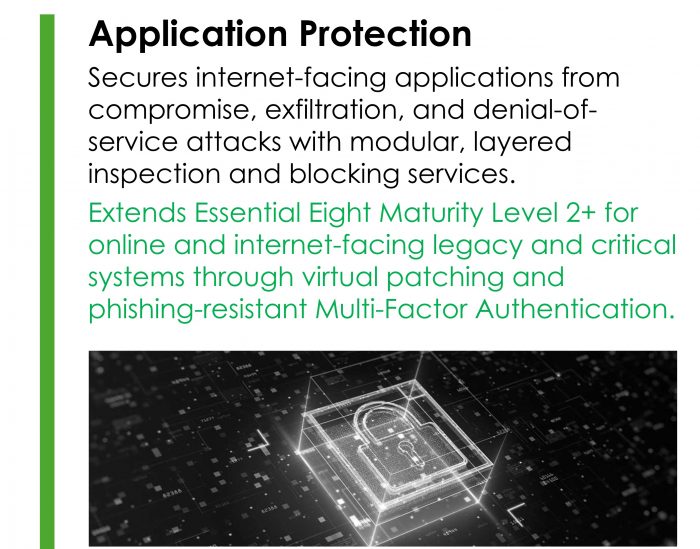
Essential 8 - Patching Application Vulnerabilities.
Once a patch for a vulnerability is released by a vendor, it should be applied in a timeframe commensurate with an organisation’s exposure to the vulnerability.
For example, once a vulnerability in an online service is made public, it can be expected that malicious code will be developed by malicious actors within 48 hours, sometimes within 24 hours.





